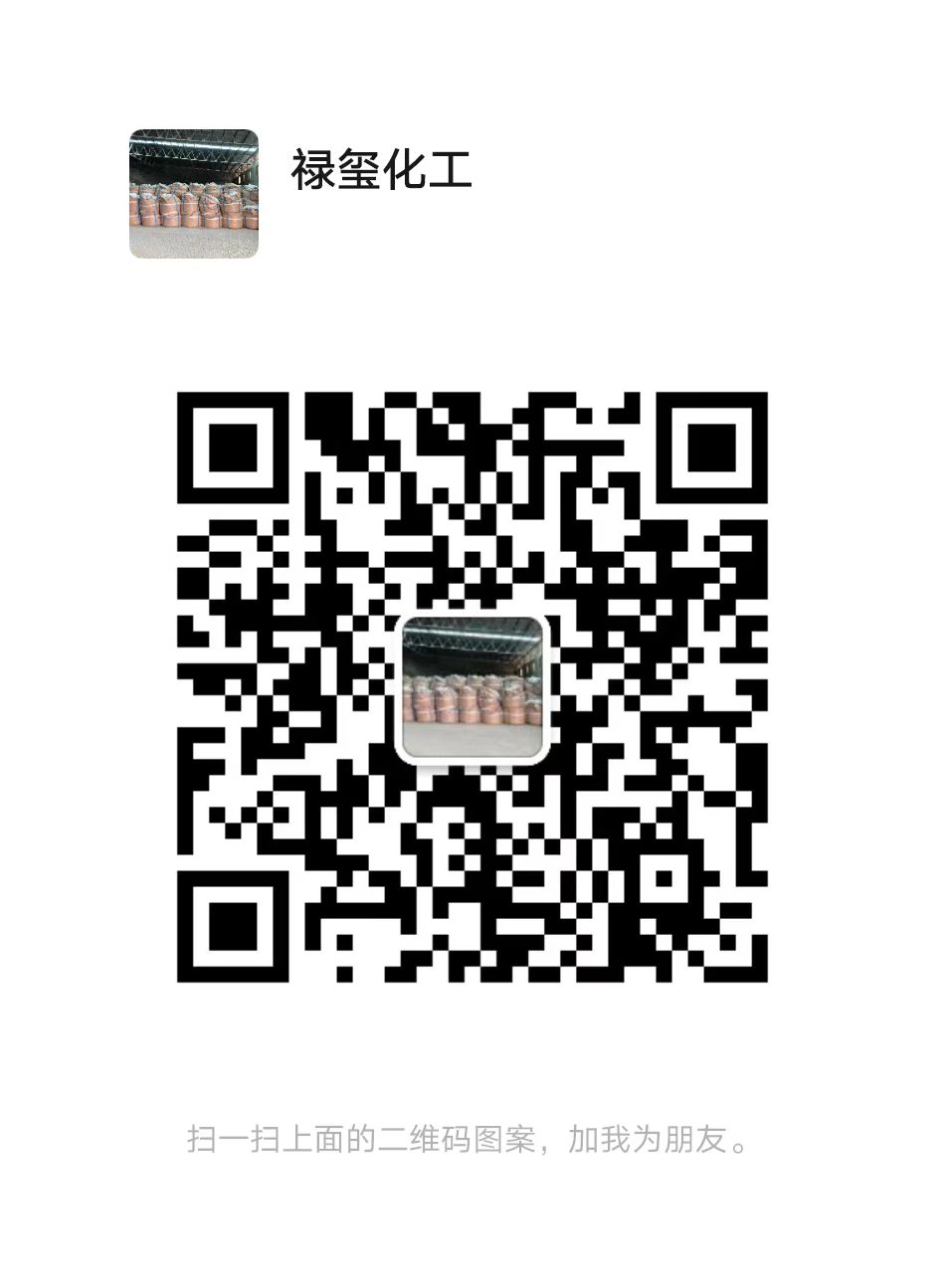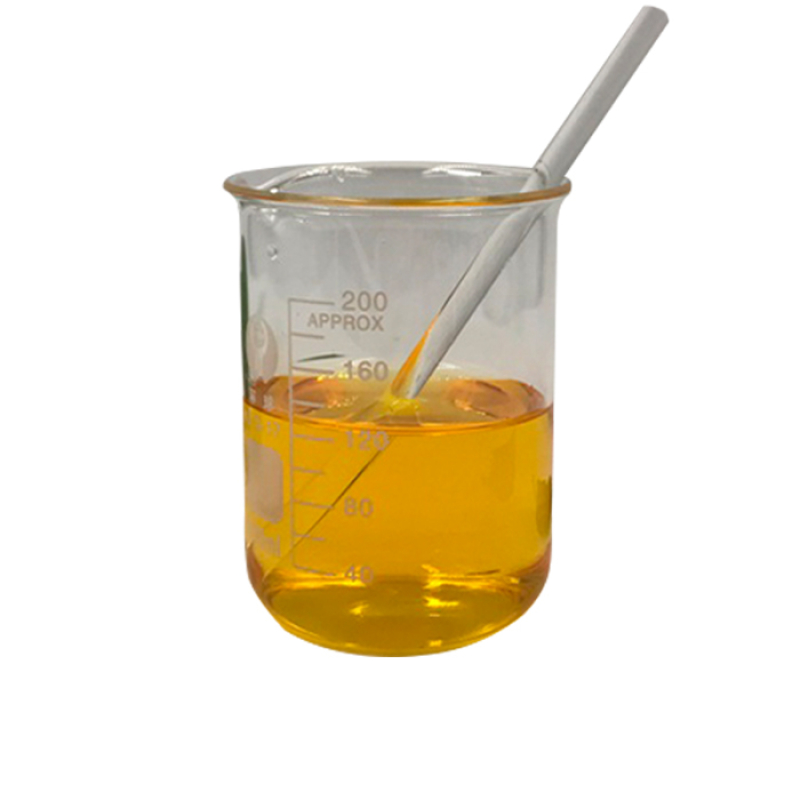Products Description of Kavain CAS#3155-48-4White crystalline powder, soluble in organic solvents such as methanol, ethanol, DMSO, etc., derived from Kava pepper.Kavain Chemical PropertiesMelting point 142-148 °CBoiling point 432.6±45.0 °C(Predicted)density 1.15±0.1 g/cm3(Predicted)storage temp. Amber Vial, -20°C Freezer, Under inert atmospheresolubility Chloroform (Slightly), Ethyl Acetate (Slightly)color Off-White to Pale YellowBRN 177877Stability:Light and Moisture SensitiveInChIInChI=1S/C14H14O3/c1-16-13-9-12(17-14(15)10-13)8-7-11-5-3-2-4-6-11/h
Contact Now
Products Description of Eucalyptus oil CAS#8000-48-4Eucalyptus oil is one of the most commonly used essential oils. With the increasing popularity of candies and chewing gum, one of the main uses of eucalyptus oil is as a food additive. Synthetic fragrances have a refreshing and clean appeal.It has a great influence on the cosmetic industry (such as toothpaste and oral hygiene products) and other household cleaning products industry, as well as the fragrance of perfumes.
Contact Now
Products Description of Magnesium oxide CAS#1309-48-4Magnesium oxide is commonly known as magnesia, also known as magnesium oxide. It is a typical alkaline earth metal oxide with the chemical formula MgO. It is a white powder with a melting point of 2852℃, a boiling point of 3600℃ and a relative density of 3.58 (25℃). It is soluble in acid and ammonium salt solutions. It reacts slowly with water to form magnesium hydroxide. It can be dissolved in a carbon dioxide aqueous solution to form magnesium bicarbonate.
Contact Now
Products Description of Para Chloro Phenol (4-Chloro Phenol) CAS#106-48-9Parachlorophenol, also known as 4-chlorophenol, is an organic compound with the chemical formula C6H5ClO. It is a white crystalline powder, slightly soluble in water, easily soluble in ethanol, ether, chloroform, and benzene.
Contact Now
Products Description of VANPLAST 202 CAS#61790-48-5White powderVANPLAST 202 Chemical PropertiesBoiling point 1683.39℃[at 101 325 Pa]vapor pressure 0Pa at 25℃Water Solubility 1.714ng/L at 25℃LogP41.08 at 25℃EPA Substance Registry SystemSulfonic acids, petroleum, barium salts (61790-48-5)Factory and Equipment ShowFast delivery timeInventory 2-3 working days New production 7-10 working days
Contact Now
Products Description of 6-Methyluracil CAS#626-48-26-Methyluracil is a colorless crystal. The melting point is 311-312℃, and it has also been reported to be 270-280℃ (decomposition). It is soluble in water, hot ethanol and alkaline solution, and slightly soluble in ether.
Contact Now
Products Description of Choline chloride CAS#67-48-1Choline chloride was developed by the Agricultural Technology Institute of the Ministry of Agriculture, Forestry and Fisheries of Japan in 1964, and registered as a plant growth regulator in 1987. It also became vitamin B4. Common choline chlorides on the market are divided into plant-carrier choline chloride and white carbon black (silicon dioxide) as a carrier choline chloride. my country's production is about 400,000 tons, accounting for more than 50% of the global production capacity.
Contact Now
Products Description of Cobalt Acetate CAS#71-48-7Cobalt acetate is a purple-red crystal that is easily deliquescent and is soluble in water, acid and ethanol.Cobalt acetate Chemical PropertiesMelting point 298 °C (dec.)(lit.)density 1.7043g/cm3solubility Aqueous Acid (Slightly), Water (Slightly)form Powdercolor Pale pink to purpleWater Solubility Soluble in water, alcohol, dilute acids and pentyl acetate(tetrahydrate).Sensitive HygroscopicMerck 14,2433Stability:HygroscopicInChIKeyQAHREYKOYSIQPH-UHFFFAOYSA-LLogP-0.285 (est)CAS DataBase Referenc
Contact Now
Products Description of Dibutylamine CAS#111-92-2Pure di-n-butylamine is a colorless liquid, m.p.-60℃ (-61.9℃), b.p.159℃ (48℃/1.73kPa), n20D1.4177, relative density 0.767 (20℃), f.p.41℃, soluble in water, acetone and benzene, and easily soluble in ethanol and ether.Dibutylamine Chemical PropertiesMelting point −62 °C(lit.)Boiling point 159 °C(lit.)density 0.767 g/mL at 25 °C(lit.)vapor density 4.46 (vs air)vapor pressure 1.9 mm Hg ( 20 °C)refractive index n20/D 1.417(lit.)Fp 106 °Fstorage temp. Store below +30°C.so
Contact Now
Products Description of Imidazole CAS#288-32-4 Imidazole, with the molecular formula C3H4N2, is an organic compound, a type of diazole, and a five-membered aromatic heterocyclic compound containing two meta-nitrogen atoms in the molecular structure. The unshared electron pair of the 1-nitrogen atom in the imidazole ring participates in the cyclic conjugation, and the electron density of the nitrogen atom is reduced, making it easy for the hydrogen on this nitrogen atom to leave in the form of hydrogen ions.Imidazole is acidic and alkaline, and can form salts with strong bases.
Contact Now
Products Description of 4-morpholinecarbaldehyde CAS#4394-85-8N-formylmorpholine (NFM) is an important organic solvent and fine chemical raw material. It is a colorless transparent liquid at room temperature. It has the chemical properties of amides.
Contact Now
4-(1-Acetylpiperazin-4-yl)phenol CAS#67914-60-7Crystalline compound.
Contact Now
Products Description of 4-Hydroxycoumarin CAS#1076-38-64-Hydroxycoumarin is a coumarin derivative, one of the most versatile heterocyclic scaffolds, commonly used in the synthesis of various organic compounds. 4-Hydroxycoumarin has electrophilic and nucleophilic properties. 4-Hydroxycoumarin appears as slightly yellow needle-shaped crystals.
Contact Now
Products Description of 4-Chromanone CAS#491-37-2White crystals.
Contact Now
Dimethylolurea Chemical PropertiesMelting point 125 °C (dec.)(lit.)Boiling point 224.08°C (rough estimate)density 1.34refractive index 1.4610 (estimate)Fp 100 °Cstorage temp. 2-8°Cpka12.14±0.46(Predicted)form powder to crystalcolor White to Almost whiteWater Solubility 150 g/LMerck 14,6968BRN 1811870InChIKeyQUBQYFYWUJJAAK-UHFFFAOYSA-NLogP-2.610 (est)CAS DataBase Reference140-95-4(CAS DataBase Reference)NIST Chemistry ReferenceDimethanolurea(140-95-4)EPA Substance Registry SystemDimethylolurea (140-95-4) Safety InformationHaz
Contact Now
Products Description of 4'-HydroxyacetophenoneCAS#99-93-4Since p-hydroxyacetophenone contains hydroxyl and ketone groups on the benzene ring in its molecule, it is often used as an intermediate in organic synthesis to react with other compounds to synthesize many important substances.
Contact Now
Products Description of 4-Methylmorpholine CAS#109-02-4N-methylmorpholine is an important organic chemical intermediate. It is an excellent solvent, emulsifier, corrosion inhibitor, polyurethane foam catalyst, and can also be used as a pesticide intermediate.
Contact Now
Products Description of Diantimony trioxide CAS#1309-64-4 Antimony trioxide is an inorganic compound with the chemical formula Sb2O3. The natural product is called antimony white, commonly known as antimony white. It is a white crystalline powder with a melting point of 655℃ and a boiling point of 1550℃. It is soluble in concentrated hydrochloric acid, sulfuric acid, alkaline solution and hot tartaric acid solution, slightly soluble in water, dilute nitric acid and dilute sulfuric acid.
Contact Now
Products Description of 7-Diethylamino-4-methylcoumarin CAS#91-44-17-Diethylamino-4-methylcoumarin is a vital organic compound with a spectrum of applications, predominantly utilized as a fluorescent brightening agent in the textile and paper industries, enhancing the whiteness and brightness of materials. Our collaboration cases exemplify its integration in improving the luminosity of various products, a testament to its effectiveness in real-world applications.
Contact Now
Products Description of 4-Pyridazinecarboxylic Acid CAS#50681-25-94-Pyridazinecarboxylic Acid is a commonly used chemical raw material, often used as a pharmaceutical intermediate.4-Pyridazinecarboxylic Acid CAS#50681-25-9 Chemical PropertiesMelting point 244.2 °C (dec.) (lit.)Boiling point 404.2±18.0 °C(Predicted)density 1.403±0.06 g/cm3(Predicted)storage temp. Sealed in dry,Room Temperatureform powder to crystalpka3.18±0.10(Predicted)color White to Almost whiteInChIInChI=1S/C5H4N2O2/c8-5(9)4-1-2-6-7-3-4/h1-3H,(H,8,9)InChIKeyJUSIWJONLKBPDU-UHFFFAOYSA-NS
Contact Now
Products Description of 4-Acryloylmorpholine CAS#5117-12-4N-Acryloylmorpholine is a chemical substance with the molecular formula C7H11NO2.4-Acryloylmorpholine Chemical PropertiesMelting point −35 °C(lit.)Boiling point 158°C 50mmdensity 1.122 g/mL at 25 °C(lit.)vapor pressure 1.03-1.64Pa at 25-29.9℃refractive index n20/D 1.512(lit.)Fp >230 °Fstorage temp. 2-8°Csolubility Soluble in waterpka-1.08±0.20(Predicted)form Liquidcolor Colorless to yellowWater Solubility 1000g/L at 20℃Sensitive Light Sensi
Contact Now
Products Description of TRIDECETH-4 CAS#69011-36-5Condensation products of isomeric alcohol and ethylene oxideTRIDECETH-4 Chemical PropertiesBoiling point 290℃[at 101 325 Pa]density 0.907[at 20℃]vapor pressure 0.007Pa at 20℃Water Solubility 56mg/L at 20℃LogP4.73 at 25℃EPA Substance Registry SystemPolyethylene glycol mono(branched tridecyl) ether (69011-36-5) Safety InformationRIDADR 3082HazardClass 9PackingGroup IIIProduct Application of TRIDECETH-4 CAS#69011-36-5Isomeric alcohol ether E-1300 products are easily dispersed or soluble in water, a
Contact Now
Products Description of 4-Acetylpyridine CAS#1122-54-94-Acetylpyridine is an organic compound with the molecular formula C7H7NO.4-Acetylpyridine Chemical PropertiesMelting point 13-16 °C(lit.)Boiling point 212 °C(lit.)density 1.095 g/mL at 25 °C(lit.)refractive index n20/D 1.529(lit.)Fp >230 °Fstorage temp. Inert atmosphere,Room Temperaturesolubility Chloroform, Ethyl Acetateform LiquidpkapK1: 3.505(+1) (25°C)Specific Gravity1.110 (20/4℃)color brown-yellowishWater Solubility insolubleBRN 107629InC
Contact Now
Products Description of 3-METHYLPYRIDAZINE CAS#1632-76-43-Methylpyridazine, an organic chemical substance, molecular formula: C5H6N2.3-METHYLPYRIDAZINE CAS#1632-76-4 Chemical PropertiesMelting point 184°CBoiling point 214 °C (lit.)density 1.031 g/mL at 25 °C (lit.)refractive index n20/D 1.514(lit.)Fp 190 °Fstorage temp. Inert atmosphere,Room Temperaturesolubility Chloroform, Methanol (Slightly)pka3.47±0.10(Predicted)form Liquidcolor Clear yellow to brownSpecific Gravity1.031BRN 105691InChIKeyMXDRPNGTQDRKQM-UHFFFAOYSA-NCAS Da
Contact Now



































